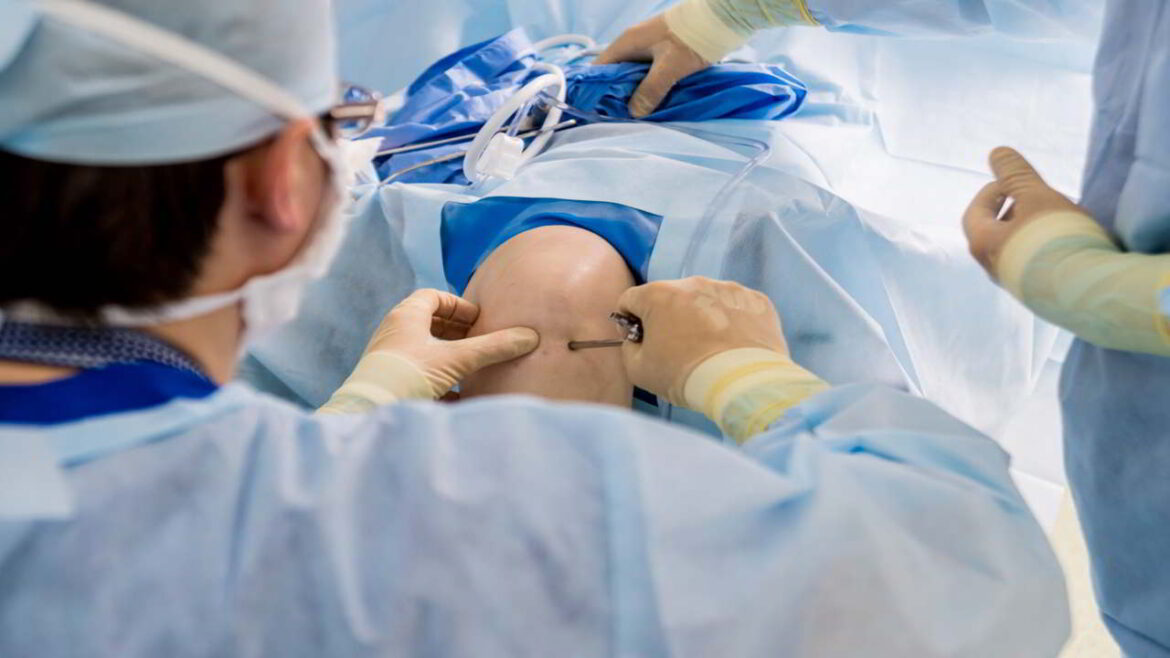Minimally invasive surgeries are gaining traction since these are less painful, involve fewer incisions and promote quick recovery. Arthroscopic surgery is one such advanced procedure that allows orthopedic surgeons to examine and treat problems affecting your joints.
Multi speciality medical practice Oklahoma City expertise in arthroscopic procedures to diagnose and treat joint injuries and diseases.
Understanding arthroscopic surgery
Arthroscopic surgery is a minimally invasive procedure performed by orthopedics to diagnose and treat your joint’s structural problems that often cause pain, instability and compromised range of motion.
A specially designed medical device, known as an arthroscope is used, that consists of a light source and a camera at the end. This facilitates easy diagnosis and treatment through minimal incisions and saves you from all the traumatic experiences associated with surgeries like large incisions, blood loss and delayed wound healing.
Applications of arthroscopic surgery in orthopedics
Healthcare professionals recommend arthroscopic surgery to diagnose and treat the following conditions:
- Knee pain due to ACL (anterior cruciate ligament) tears and meniscal tears
- Torn ligaments, cartilage and tendons
- Arthritis
- Dislocated shoulder
- Frozen shoulder
- Wrist pain as seen in Carpal Tunnel syndrome
Benefits of arthroscopic surgery
Arthroscopic surgery is a minimally invasive procedure that offers the following benefits:
- Smaller and fewer incisions needed
- Less tissue damage
- Minimal blood loss and scarring
- Less postsurgical pain and discomfort
- Shorter hospital stay (sometimes they are performed as outpatient procedures where you can return home the same day)
- Quick recovery
- Reduced risk of postsurgical complications
The procedure behind arthroscopic surgery
When you have a cartilage, tendon, or ligament tear your orthopedic will first evaluate your condition. Your symptoms will be reviewed to assess the extent of damage to determine the further course of action.
Your doctor may advise rest, medication, and physical therapy as a first-line treatment to provide relief. You will be deemed an ideal candidate for surgery if these conservative methods fail.
You may be advised to undergo an arthroscopic procedure if other imaging tests like X-rays and MRIs fail to give a clear picture of your injury.
Procedure
- Involves the administration of general anesthesia around the injured joint.
- Your surgeon will make small cuts or incisions and insert an arthroscope.
- This device gives clear access to the site and helps capture images of the interior of the surgical site and project them on a large screen to guide the surgeon further.
- The incisions will be closed with sutures.
Bottom line
Arthroscopic surgery is an advanced procedure used in the diagnosis and treatment of joint injuries and diseases with minimal trauma and complications, and quick recovery.
However, your eligibility for the procedure will be decided by your surgeon depending on your individual condition and health needs.




